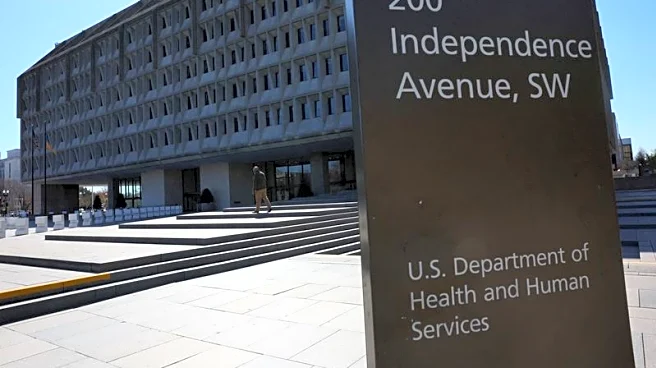What's Happening?
Health insurance prices are anticipated to increase significantly in 2026, driven by rising costs of high-cost drugs and changes in individual coverage marketplaces. Insurers predict that federal support for purchasing coverage may end, leading to higher premiums and reduced coverage. The Affordable Care Act's marketplaces have seen increased enrollment, but stricter eligibility verifications post-pandemic may reduce coverage. Expensive prescriptions, including diabetes and obesity treatments, contribute to the cost surge, impacting insurance premiums.
Why It's Important?
The expected rise in health insurance costs could have widespread implications for U.S. consumers, particularly those relying on individual coverage marketplaces. Higher premiums and reduced coverage may lead to increased out-of-pocket expenses for patients, affecting their access to necessary medical services. Employers may shift more costs to employees, potentially altering benefits and increasing deductibles. The expiration of enhanced tax credits could further exacerbate financial burdens on consumers, highlighting the need for policy interventions.
What's Next?
If Congress does not renew enhanced tax credits, consumers could face substantial increases in coverage costs. Employers may continue to adjust benefits, potentially leading to higher deductibles and changes in prescription coverage. The healthcare industry may need to address the rising costs of expensive drugs to prevent further premium hikes. Stakeholders, including policymakers and insurers, may need to explore solutions to mitigate the financial impact on consumers.
Beyond the Headlines
The rising costs of health insurance may prompt discussions on the sustainability of current healthcare models and the need for innovative solutions to manage drug prices. Ethical considerations regarding access to affordable healthcare and the role of government support in individual marketplaces may become more prominent.












